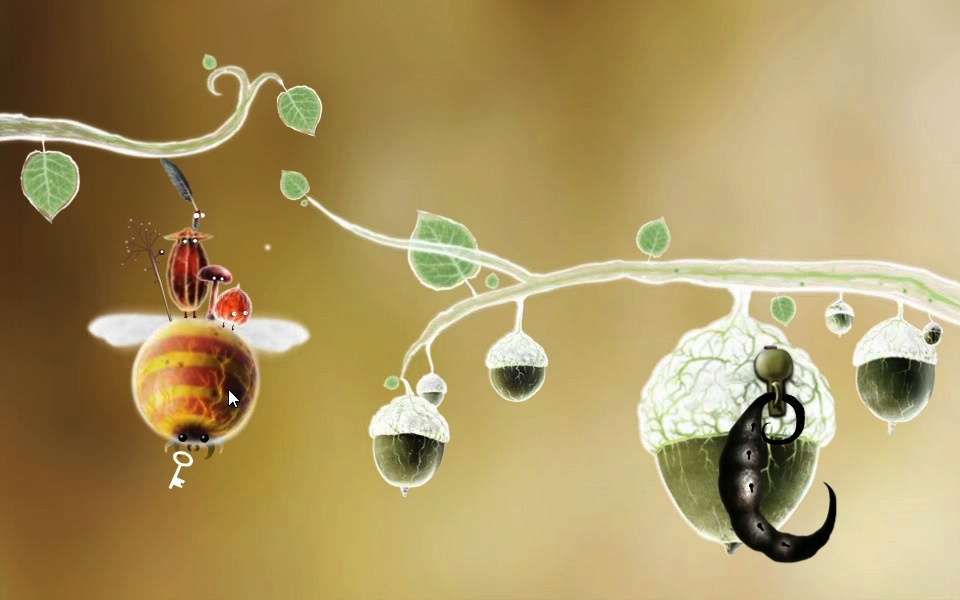

When playing, you control five hero protagonists who interact in different ways in the environment of the tree, exemplifying symbiotic relationships. The active participation approach often has the most impact, however some students learn better in other ways, such as having complete control over their space to explore and think, and then reporting back at the end of each level. As the teacher you can inject on specific parts, or even take turns switching between having active conversations about some levels, and just checking in and discussing what happened between levels.

Another method, is to just let the student play the game, and ask the student before each level to keep their eye out for relationships between species, what the two species are (or what they might be, if its unclear), along with what happens when they interact. Allow the children to then tinker and play the game, while walking around ready for questions that may arise.įor individual teaching, one method is total hands on, and having active discussions with the student through the entirety of the game. If teaching in a classroom or in a setting with more than just a few kids, then give the children a walkthrough through the first few screens of the first-level, encouraging children to think about how different things are interacting with each other and what’s happening when they do interact. It’s important to talk about how parts of the tree are interacting, and the significance of why each protagonist might work best for the problem at hand. The protagonists each offer different approaches to problems, allowing the player to experiment with how each protagonist interacts with the predicament at hand. Five hero protagonist then join together in a mission to safely deliver the seed to its proper destination.Īt this point, the game becomes an environment for children to click and solve puzzles, as well as tinker and click on objects, sometimes multiple times, and the objects will portray varying different symbiotic processes such as bees coming to pollinate flowers after clicking on tiny branches a few times causing the branches to grow a bit, then sprout into flowers. The game proceeds to the next segment where a parasite is seen killing the seeds that the tree that blooms in the opening scene, one of the seeds however falls and escapes, landing below in the micro-ecosystem of the tree’s branches.


If in a one-on-one environment, like a parent or older sibling, then taking the time to point to each scene and talk about each process until a complete or near-complete understanding is reached. This video is worth watching a few times in a row with children, and then ask them what they think is going on or what processes are happening here. In the pre-fix video to the game, there’s a scene where players witness a time-lapse graphic of a seed falling from a tree, then falls into a hole in the ground, where the seed then sprouts, and blooms into a new tree. Teaching with this game applies the Colorado Content circular of Dimension 3: Disciplinary Core Ideas - Life Sciences.
BOTANICULA WALKTHROUGH PART 7 FULL
Botanicula is an engaging Point-and-Click game, full of beautiful graphics and whimsical soundtracks. Botanicula offers a way to teach children 10 and older in explaining ecosystems, symbiotic relations, and the dangers of parasites.


 0 kommentar(er)
0 kommentar(er)
